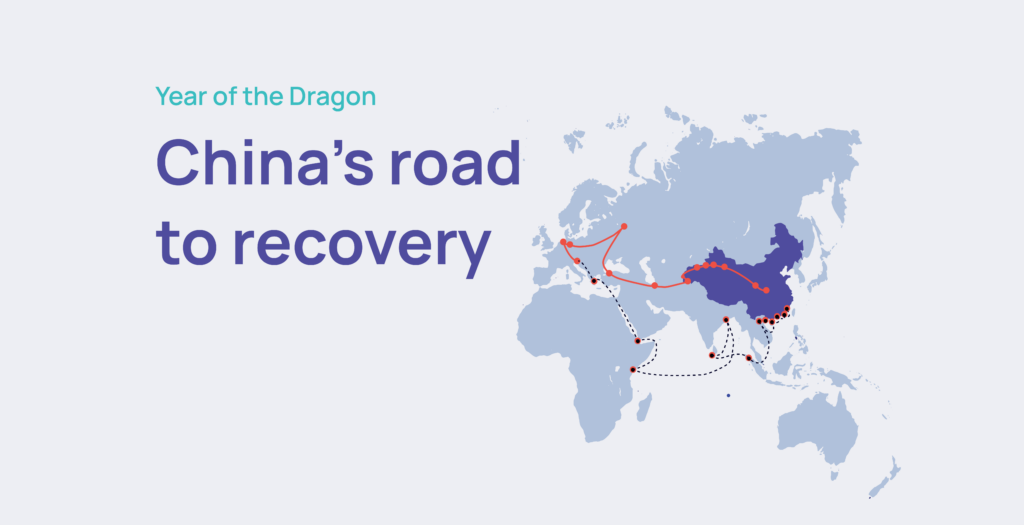
As we enter the auspicious Year of the Dragon, China’s economic heartbeat resonates globally. China’s economic influence embodies the dragon’s spirit of ambition, strength and prosperity. As China continues to invest in global infrastructure, it captivates investors seeking to capitalise on the country’s rising influence.
Amid China’s economic turmoil, marked by an exodus of foreign direct investments and government interventions to restore stock market confidence, we explore what retail investors should consider in 2024 and what lessons can be drawn from China’s infrastructure development project, the Belt and Road Initiative (BRI), and other economic moves during a year of confidence, ambition – and luck.
With an estimated $1 trillion expenditure since its inception, China’s BRI has served as a cornerstone strategy to counteract Western influence and foster the nation’s economic growth. China has used the BRI to promote trade and economic integration within the BRICS group and globally. Extending to 155 countries, China has financed over 1,000 projects involving road networks, railways, ports, and AI and renewable energy infrastructure.
China’s influence on BRICS and global markets
The addition of new BRICS members in January 2024 is poised to further enhance China’s leverage politically, technologically, and economically worldwide, solidifying its position against Western influence. As the largest BRICS economy, China shapes positions on global issues and drives technological advancements in 5G, AI, and renewable energy.
Aligning portfolios with these developments can lead to substantial returns for investors looking towards Asia for diversification and growth.
Early green shoots of recovery?
As of last week, Chinese stock markets in Shanghai, Shenzhen, and Hong Kong had lost about $7 trillion in value since 2021, hitting 5-year lows.
On Tuesday, Chinese stocks surged following announcements of increased buying by the country’s sovereign wealth fund, marking the biggest rally in years. The Shanghai Composite rose 3.2%, while smaller indexes saw even more significant gains. Hong Kong’s Hang Seng Index jumped 4%, led by tech shares like Alibaba.
However, challenges persist, including weak demand and a troubled real estate sector, highlighting ongoing economic concerns despite short-term market recovery efforts.
China’s road to stock market recovery
As China works on stabilising the market, analysts at UBS predict brighter days ahead for Chinese investors, suggesting the stock market’s years-long slump may be ending. An increase in industrial company profits, often an early indicator for broader market trends, indicates rising earnings for domestically listed companies.
While navigating China’s Year of the Dragon still requires caution, investors can cautiously celebrate a potential shift in fortunes. Soaring profits, government support, and indications of a reviving property market paint a hopeful picture for China’s economic and stock market recovery in 2024.

